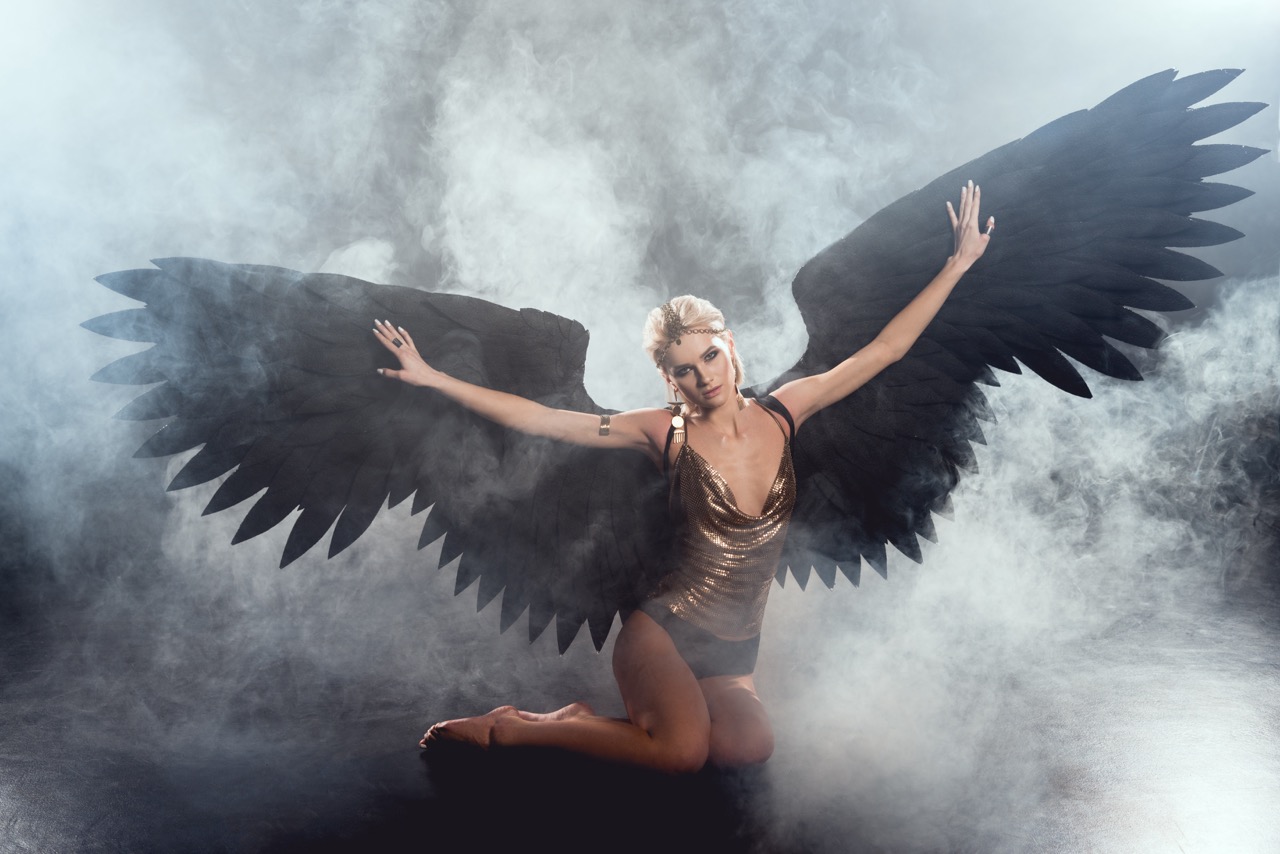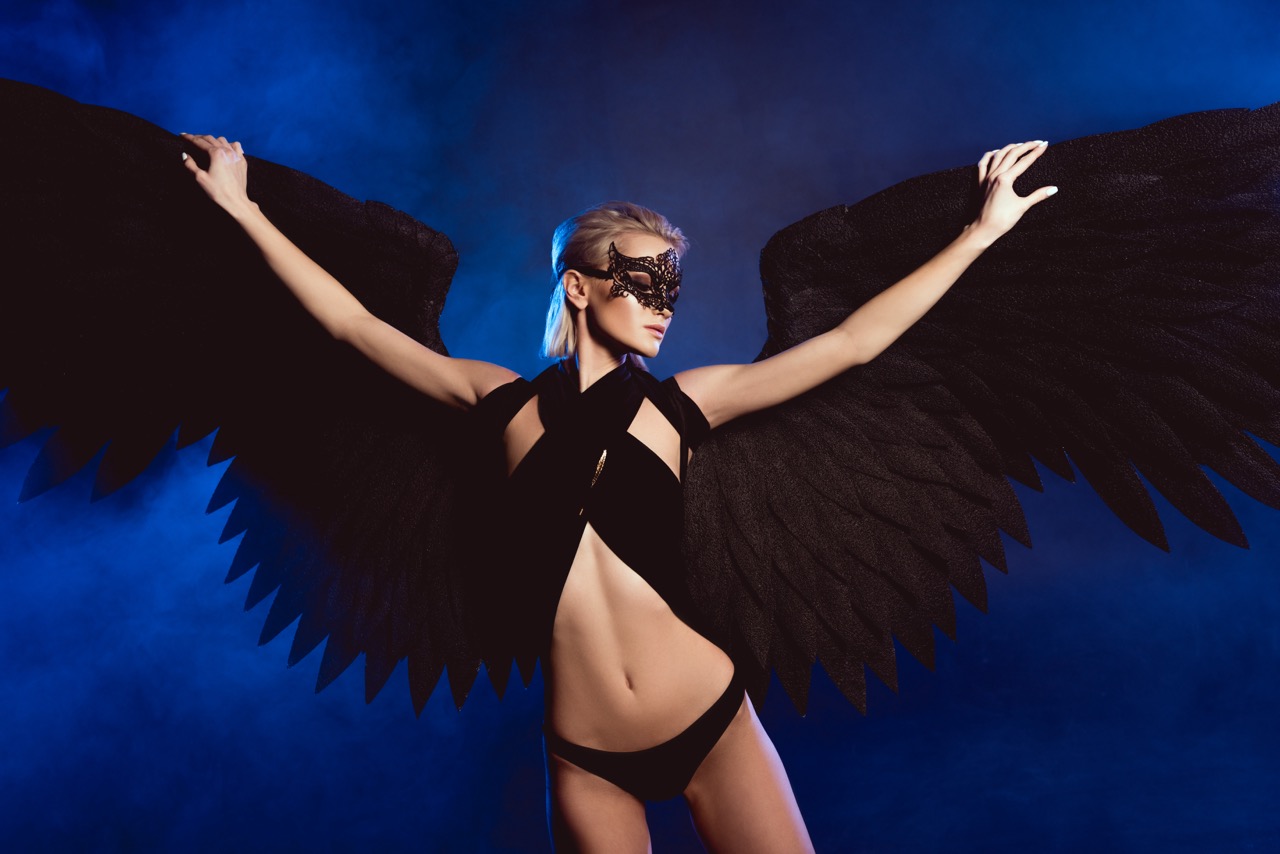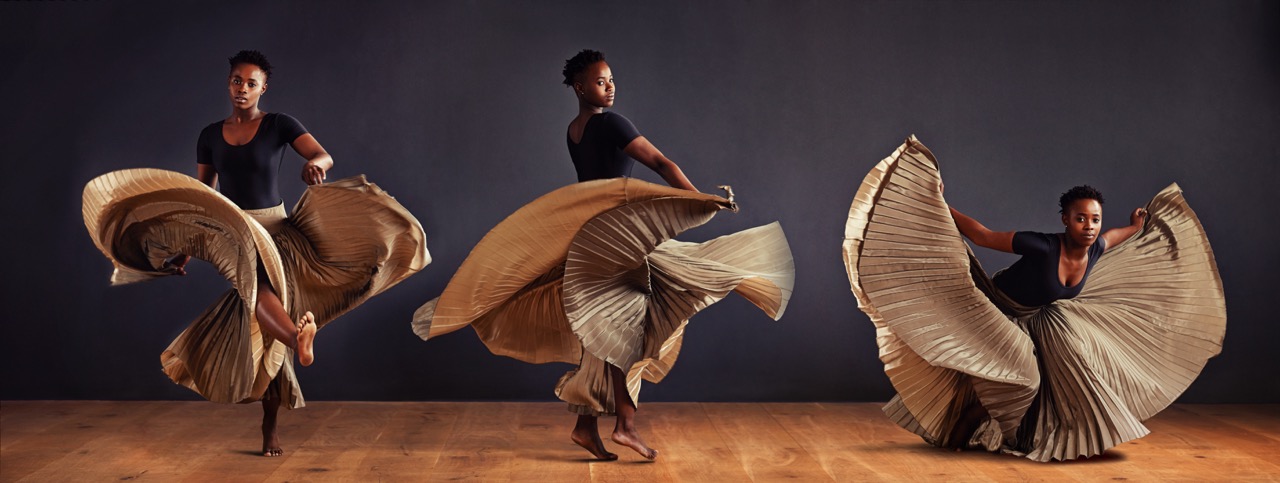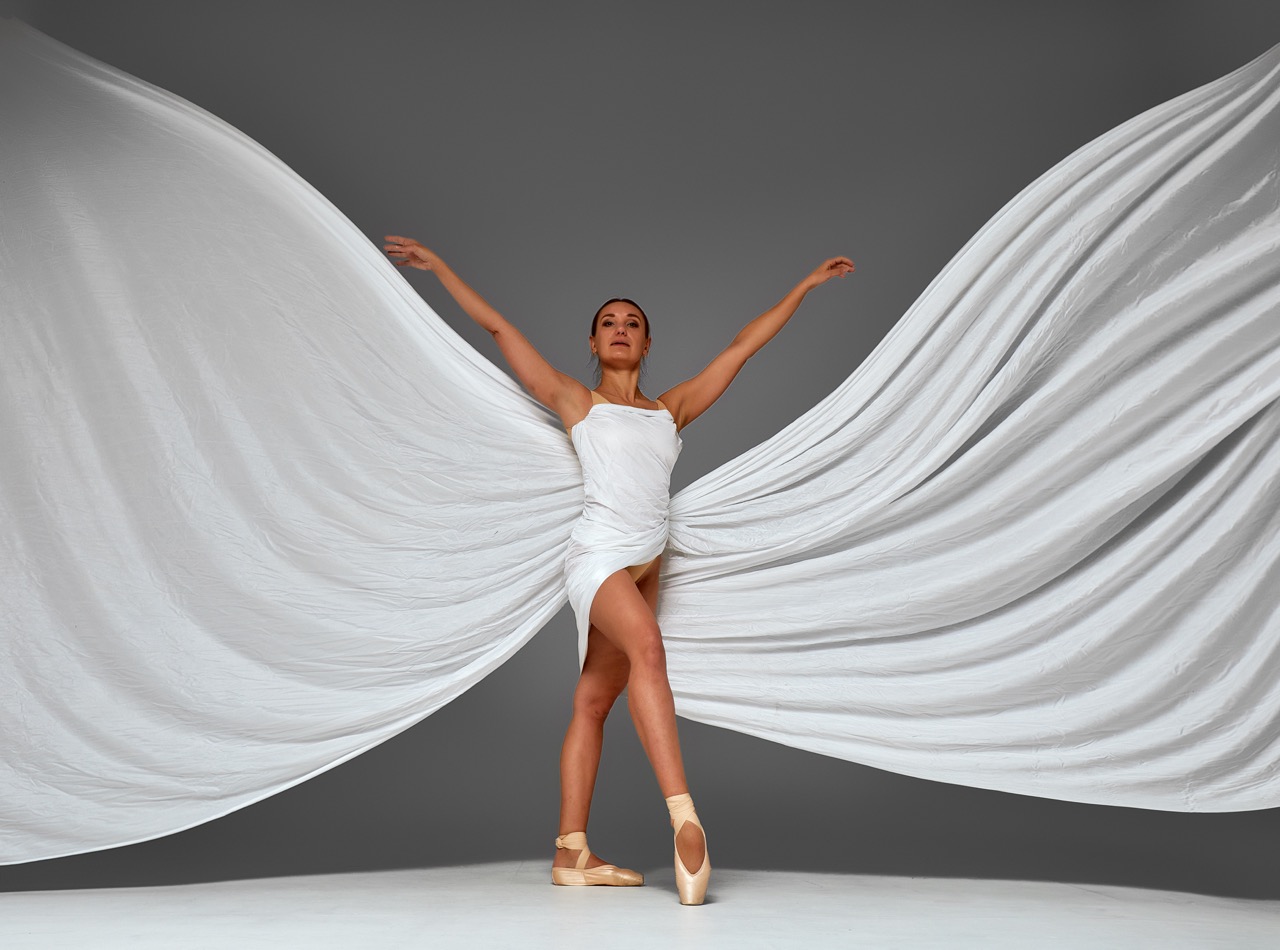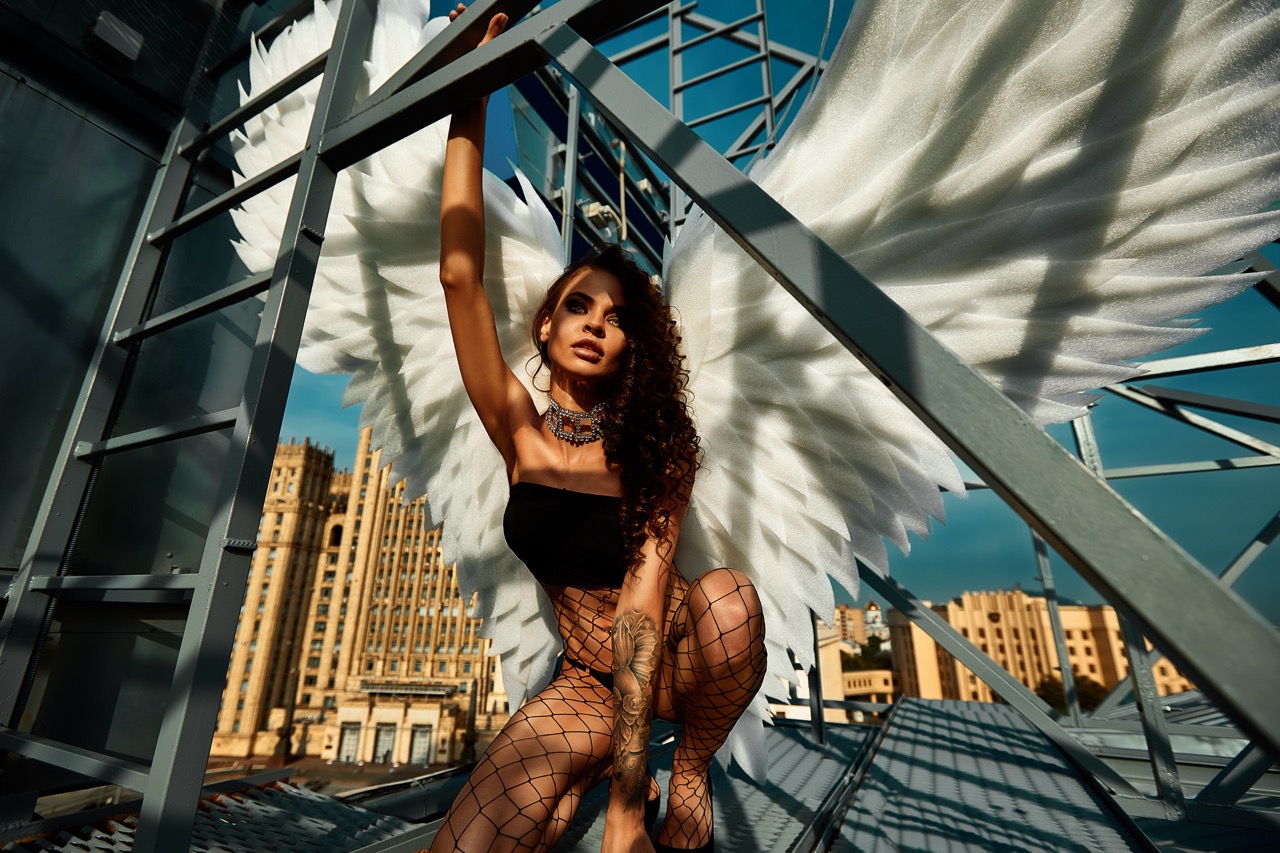Dance wings are not just a stunning visual element; they are an extension of the dancer’s artistry and expression. When integrated with dynamic movement, they can elevate a performance to new heights, captivating audiences and enhancing emotional storytelling. This article will explore how to effectively incorporate movement into your dance wings, allowing you to seamlessly blend fluidity, rhythm, and expressive flourishes into your choreography. Whether you are a seasoned performer or just starting your dance journey, these insights will help you unlock the full potential of your dance wings.
Elevate Your Dance Wings: Movement Meets Artistry
Dance wings serve as a canvas where movement and artistry intertwine, transforming simplistic motion into a breathtaking spectacle. To elevate your dance wings, begin by understanding their structure and how the fabric interacts with your movements. The weight, texture, and design of the wings can dramatically influence how they flow and respond to your choreography. By experimenting with different materials and styles, you can find the perfect match that complements your personal expression and enhances your performance.
Creating a harmonious relationship between your body and your wings is crucial. Begin with basic movements, allowing your wings to follow your every motion. As you develop confidence in your movements, integrate larger gestures, facilitating a dialogue between your wings and your body. This interplay not only amplifies the visual impact but also fosters a deeper emotional connection with your audience. Remember, your wings are not just an accessory; they are an extension of your artistic voice.
Lastly, consider the theme of your performance. The way you incorporate movement into your dance wings should reflect the story you wish to tell. Whether it’s the grace of a swan or the vibrant energy of a butterfly, align your movements with the emotional essence of your piece. By doing so, you will create a captivating visual narrative that resonates with your audience and elevates your performance beyond mere entertainment.
Crafting Fluidity: Techniques for Dynamic Wing Motion
Dynamic wing motion requires a clear understanding of fluidity in your movements. One effective technique is the use of spiral movements. By rotating your arms and shoulders while engaging your core, you can create a spiral effect that will cause your wings to flow gracefully around your body. This technique not only enhances the visual aesthetics but also creates depth in your performance, inviting the audience to experience the layers of your artistry.
Another important technique is the concept of "leading with your heart." This means allowing your upper body, particularly your chest, to guide your movements. As you lift your arms and extend your wings, focus on opening your heart space to the audience. This not only helps in creating a graceful silhouette but also conveys emotional vulnerability and strength. By prioritizing your upper body in this way, you create a natural flow that allows your wings to harmoniously follow your lead.
Finally, practice transitioning between different movement qualities—sharp, soft, slow, and fast. Each of these qualities will elicit a unique response from your wings, allowing for a diverse array of visual effects. Incorporating pauses and accentuated movements can help in creating striking contrasts that keep the audience engaged. The ability to switch effortlessly between these qualities will ensure that your dance wings are not just an ornamental addition but a vital part of your expression.
Rhythm and Grace: Aligning Movement with Your Performance
Rhythm is the heartbeat of dance, guiding the flow of movement and shaping the connection between the dancer and the audience. To align your wing movements with the rhythm of your performance, start by listening attentively to the music. Identify the various layers of sound, such as the beat, melody, and tempo, and allow these elements to inform your wing choreography. By syncing your movements with the music’s pulse, you can create an immersive experience that resonates with viewers.
Incorporating counts and accents into your choreography will also enhance the precision of your wing movements. Practice counting the beats and identifying where your movements can align with strong accents or softer passages in the music. This will help establish a sense of timing and control, empowering you to make deliberate choices that elevate your performance. Remember, the goal is not just to move with the music but to let the music inspire and inform your dance wings’ fluidity and grace.
Lastly, consider incorporating elements of breath into your movement. Breath is a natural rhythm that connects both the dancer and the audience. Allow your movements to embody the rise and fall of your breath, creating a seamless connection between your physicality and the music. This organic approach to rhythm not only enhances your performance but also evokes a deeper emotional response from the audience, making your dance wings an integral part of your storytelling.
Expressive Flourish: Enhancing Your Dance Wings’ Impact
To truly make your dance wings stand out, it is essential to incorporate expressive flourishes into your performance. These flourishes can be small gestures or larger movements that serve to accentuate specific moments in your choreography. For instance, a sudden snap or flick of the wings can symbolize a burst of emotion or a pivotal moment in the narrative. Experiment with different expressive techniques, allowing your body to communicate feelings that words cannot convey.
Another way to enhance the impact of your wings is by utilizing space effectively. Emphasize your movements by creating tension and release within the space around you. Extend your wings to fill the stage, drawing the audience’s eye to your presence. Conversely, when drawing your wings close, create an intimate moment that invites the audience to connect with your emotional journey. Finding the right balance between expansive and constricted movements will ensure that your wings serve as a powerful tool for expression.
Finally, consider how your facial expressions and body language can work in tandem with your wing movements. Engage your audience not just through the visual spectacle of your wings but through the stories told by your facial expressions. A serene smile, a fierce gaze, or an expression of longing can add layers of meaning to your performance. By integrating these expressive elements, your dance wings will not only dazzle visually but will also resonate emotionally, leaving a lasting impression on your audience.
Incorporating movement into your dance wings is an art that requires practice, understanding, and creativity. By elevating your wings through artistry, crafting fluidity, aligning with rhythm, and enhancing expressive flourishes, you can transform your performance into a mesmerizing experience. As you explore these techniques, remember that the heart of dance lies in expression and connection. Embrace the journey of discovering how your wings can amplify your unique voice, inviting audiences to soar with you in your artistic flight.






